Dead Metaphors, Part 2
I should note that dead metaphors aren't necessarily a problem. For example, we don't wrestle with the metaphor of a table having legs, and that's probably a good thing. My concern for our dead metaphors in the church comes from a concern that we're missing God at work in our lives. Part 1 covered dead metaphors for sin. This second part will probably touch a little closer to home. We need to look at the dead metaphors we use to speak of how the church remembers Jesus' last meal with his followers before his arrest. This one may get me into trouble, but hear me out (and remember that this is speculative theology seeking dialogue partners).
It's Not Communion
To start with, I need to recommend Dirk Lange's Trauma Recalled wherein he reads the sacramental practice of communion through what we're learning about PTSD. One of his main points is that what we remember in the communion is that Jesus isn't here. And before you start reminding me of the real presence, that's not what he's talking about.
Imagine a group of you and your friends having supper together. Now imagine that the next thing you hear from that group is that one of your friends was killed. How would you remember the absence of one of your friends the next time your group of friends got together?
Jesus is not present in his body. The same is true of all those saints triumphant who now sleep in Jesus. The same is true of different congregations--we are not all bodily present with each other to remember Jesus' last meal before his arrest. This is also true with congregations that have multiple services.
Yes, communion points to the unity the Spirit gives us, but communion also points to all the division we still experience--different church bodies, different places, different times, different people, all expressing our hope in God's promise of unity because of the division we experience and the loss we feel because of that division.
Or Any Other Name
With this mix of emotions, it feels all the more ironic that we might call this sacramental practice the Eucharist or the Great Thanksgiving. As we gather around bread and wine, we do give thanks to God for the promises God has fulfilled and the promises God will fulfill. But in this sacramental practice we also hold God accountable for those as yet unfulfilled promises. Indeed, depending on the prayer of thanksgiving being used, we might end up spending more time reminding God of these unfulfilled promises than giving God thanks for the fulfilled promises. Like the promise to feed all people.
Neither is this sacramental practice the Lord's Supper. The gospels tell us that an actual meal was happening, a practice that Acts and the letters of Paul confirm. A small piece of what may or may not actually look like bread and a sip of wine do not make a meal. Again, we are being reminded of God's promises--that this is a foretaste of the feast to come. This is not the supper to which Jesus invites us, and we know this because that supper will feed all people.
TheoThru
When the metaphors to describe the church's remembrance of Jesus' last meal before his death themselves die, we lose the depth of God's promises.
Yes, God gives common union to all the church through common ritual action, but this common action points to our own divisions and reminds us of God's promise to end all divisions.
Yes, God wants to hear our thanks, but this thanks comes from within the dark places of life, those places where God promises to meet us as we encounter our own crosses.
Yes, God feeds us through this sacramental practice, but not in the way God intends to feed all people--with actual food and drink, enough for all.
I hope this post is preaching to the choir and reminds you to talk with other people about the complex experience of how the church remembers Jesus' last meal before his death. If, however, you've encountered something new in this post, I hope what you've encountered is a deeper way to experience the promises God has made to you and all of creation.
